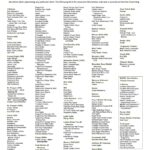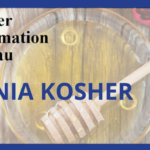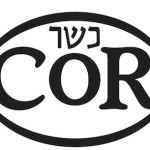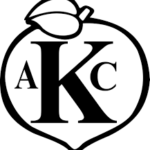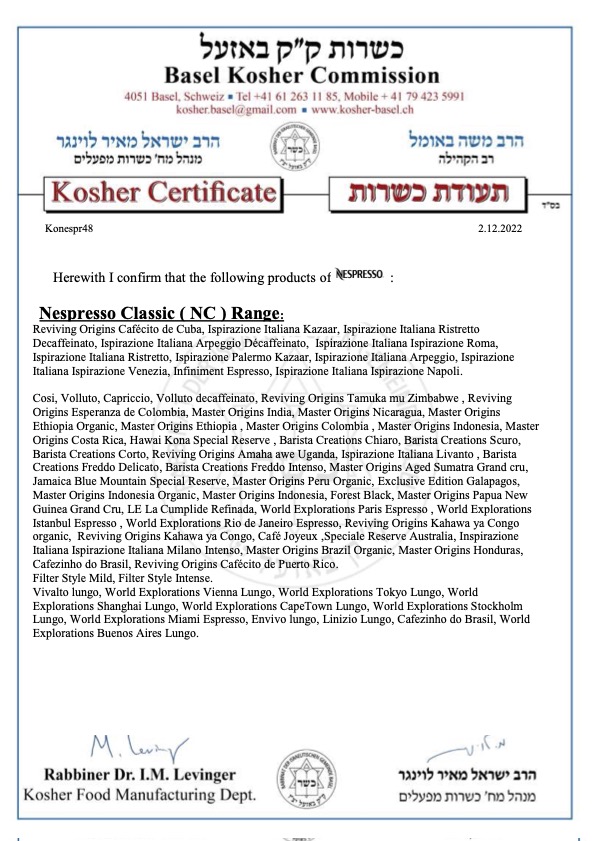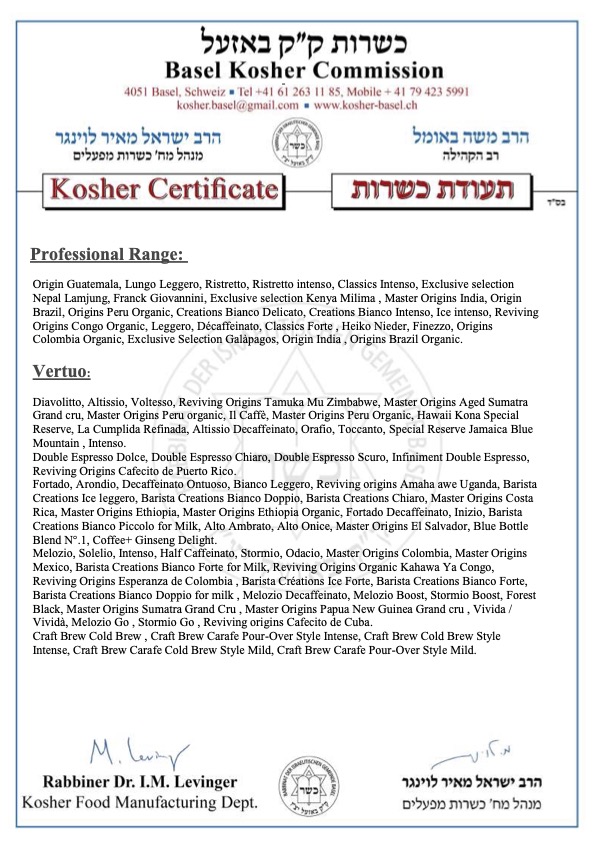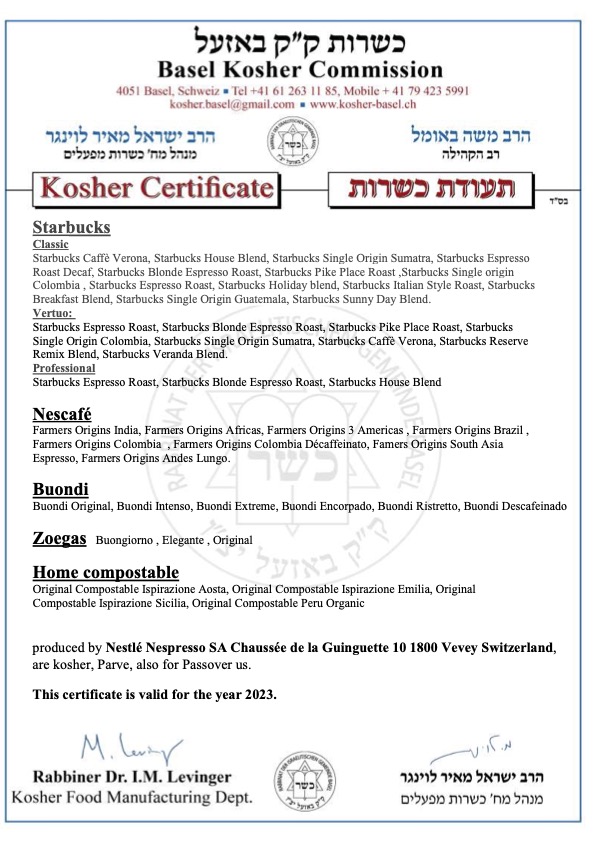The O/U reminds us about the rule of refraining from consuming meat after eating certain types of cheese. In Yoreh Deah 89:2, the Remo writes: “And there are those who are strict and do not consume meat after eating cheese (source: Mordechai and Beis Yosef in the name of Maharam: v. tur Yoreh Deah 90), and such is our minhag: that we do not eat any meat, even poultry, after hard cheese. And there are those who are lenient (and one should not protest their practice), but they must cleanse and rinse the mouth and wash the hands before partaking of meat after cheese. However, it is preferable to be strict (and wait).” This is the basis for waiting the same time period after eating certain cheeses before then partaking of meat that one waits after eating meat before then partaking of dairy. (v. Taz ibid. s.k. 4). (usually 6 hours)
The Shach (ibid. s.k. 16) explains that “hard cheese” as reverenced by the Remo means cheese which has aged (approximately) 6 months. Poskim note that after eating pungent, strong-tasting cheeses, one should similarly wait before eating meat regardless of the cheese’s age. (V. Taz ibid. s.k. 4)
It is the position of the O/U’s poskim that one need only wait between eating aged cheese and meat if the cheese is of a variety that is intentionally aged in production, such as Parmesan (must be aged in production at least 10 months) and Emmental (must be aged in production at least 6 months). One need not wait after consuming non-aged cheese that is then incidentally aged on refrigerator shelves and exhibits the same texture and taste as it should exhibit in its non-aged state.
Some foods that “officially” contain very aged cheeses are often made with less expensive, fresh (non-aged) cheeses. (Aged cheese is more costly, as potential revenue is lost while the cheese ages). For example: eggplant parmesan is frequently made with cheeses other than Parmesan. Many establishments instead use mozzarella as the primary cheese here. Consumers are advised to inquire when purchasing such foods.
The Yad Yehuda (YYK 89:30) comments that one need not wait after eating aged cheese that has been melted (as the cheese’s brittle texture is lost through melting). Many poskim, including those of the O/U, rule like the Yad Yehuda on this point. However, there appears to be a dispute as to which foods the Yad Yehuda’s comment pertains:
1.) The Yad Yehuda’s comment was written in reference to a tavshil shel gevina (a pareve food which contains cheese,k with the cheese indiscernibly melted into the food): many poskim therefore maintain that the Yad Yehuda’s approach pertains only too foods into which aged cheese is melted as an unnoticeable component (i.e. the cheese is NOT b’eyn). The O/U adopts this approach.
2.) However, the logic of the Yad Yehuda (that aged cheese which is melted loses its brittle texture and should be treated like non-aged cheese) would appear to apply to any melted aged cheese, even if the cheese stands alone. Some poskim thus seem to apply the approach of the Yad Yehuda to any melted cheese (see Mesorah Journal v. 20, p. 92 and see also Badei HaShulchan: Bi’urim 89:2 d.h. V Chain nohagin)
Some examples of such (above) cheeses are…
Bleu (pungent cheese) – 2-4.5 months
Cheddar (Medium, Sharp, Aged) – Close to 6 months and up to 7 years.
Double Gloucester – Aged 6-9 months
Emmental Reserve – Aged at least 8 months
Gruyere – 5 months-12 months
Havarti (Aged) – 1 year
Monterey Jack, Dry – 7-10 months
Parmesan – 10-24 months or more
Pepper Jack (Foreign Market) – Can be aged 6 months to 1 year
Provolone, Piccante – 6-12 months
Romano – 5-12 months
